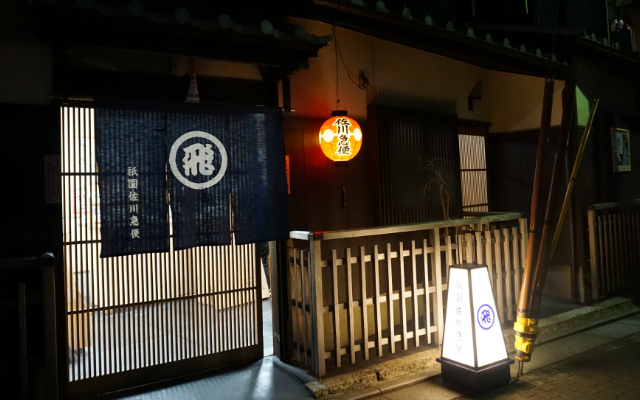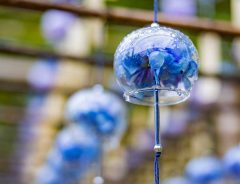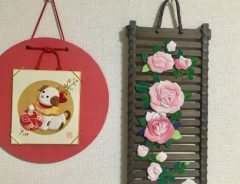
Source: © Grape Japan
How Modern Day Services are Adopting a Kyoto Style to Blend in to Historic Neighbourhoods
- Source:
- truth.and.falsehood / Starbucks Japan
- Tags:
- Architecture / Gion / History / Kyoto / Starbucks / Traditional
Related Article
-

These photos from Kyoto’s ‘Temple of Wind Chimes’ captures the magic of Japan’s summer
-

Try Making the Japanese Ancient Craft Kurumi-E Yourself
-

Explore The Wondrous World Of Rocks And Minerals Eating Jars Of Edible Specimens
-

Starbucks’ First Seasonal Cherry Blossom Drink for Spring 2019 is Revealed
-

Starbucks Japan packs a mighty peach punch with “Momo MORE Frappuccino” redux
-

The Force Bridges Traditional And Casual With Star Wars Themed Japanese Summer Wear


A big company acquiring premises in a historical area risks spoiling the aesthetics of the whole street. To keep the locals happy it’s important to try to blend in as much as possible and tradition-ify your branch’s look. Walking around Gion I found an example of a big corporation that seemed to have perfected blending into the traditional surroundings.
Gion is known as Kyoto’s geisha district. The former entertainment quarter is filled with restaurants and teahouses in preserved wooden merchant houses. It's a favourite of tourists wanting a taste of Japan’s times gone by, and those hoping to catch a glimpse of a geisha slipping into one of the narrow fronted establishments.
Source: © Grape Japan
Most of the restaurants are serving up classic Japanese fare so there’s no clash of values when it comes to preserving the historic look of the building. But big, established companies that already have distinct and recognisable branding are a different story.
Source: © Grape Japan
Sagawa Express has had to take the look of their office back a few hundred years so it fits in with the general atmosphere of Gion. Looking from the outside you wouldn't guess this was a modern day delivery company with branches all over Japan.
Source: © Grape Japan
They've also taken care that their delivery bike and staff uniform don't stand out in the context of the historical town.
Source: © Grape Japan
Source: © Grape Japan
This Instagram photo shows what their uniform usually looks like.
Kyoto seems to be a hotspot for these tradition-sensitive branches of big corporations. Last year on the tourist-filled Ninenzaka hill which leads up to one of Japan’s most spectacular Buddhist temples, Kiyomizudera, a Starbucks was installed. Though this thought alone may elicit cries of anguish from Japanese culture purists, the company avoided controversy by creating the first ever tatami mat Starbucks inside a century old Japanese dwelling. The presence of this traditional teahouse-style Starbucks could be seen to be promoting Japanese culture rather than diminishing it.
Source: Starbucks Japan
Like Sagawa Express, Starbucks have used a noren curtain to display their logo so as not to affect the exterior of the wooden house.
Source: Starbucks Japan
Although these establishments have sacrificed something in the form of becoming less recognisable from afar, this is surely made up for in novelty value to draw the customers to them. Preserving traditional culture even in this modern day can only be a good thing. If you're interested in Kyoto's historic neighbourhoods check out our article on Pontocho!